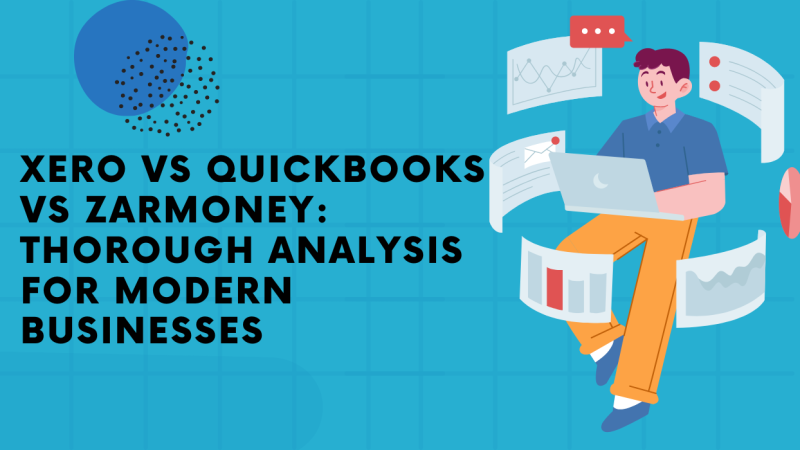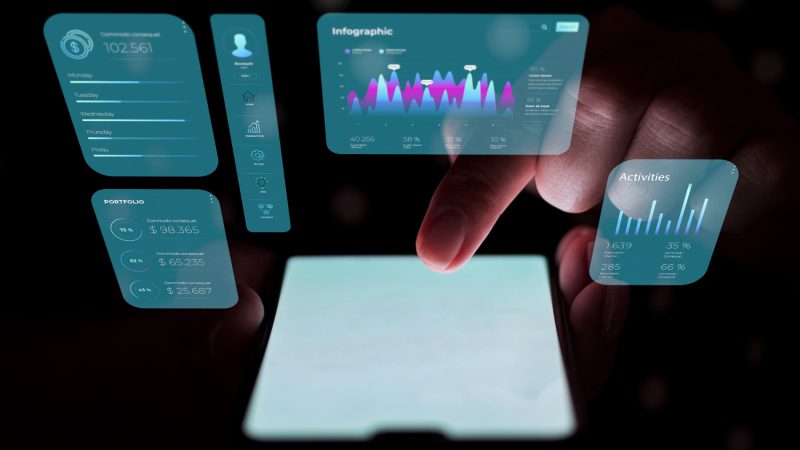Which B2B Business Model Is Right for Your Online Store?

Business-to-business (B2B) companies often adopt business models to enhance operations or break into new markets. With the rise of the tech-savvy consumer and their expectation of personalized service, e-commerce marketplaces have emerged as a rapid response mechanism for satisfying these demands.
Businesses that take the plunge and invest in online marketplaces gain access to a wealth of new promotional channels, expand into related industries, and boost their profits. Therefore, startups looking for how to build a b2b marketplace require a model that works for them, and satisfying individual customers’ needs is essential for sustained growth.
Nonetheless, it is generally understood that picking the best model isn’t exactly a breeze. Indeed, depending on how it goes, the choice has the potential to make or break a company. To that end, this article will discuss the many B2B models, highlighting the salient aspects of each. With this guide in hand, you’ll be ready to determine the most suitable strategy for your online store.
What is the B2B marketplace business model?
The various partnerships that can be formed between sellers, buyers, and marketplace owners are described by different B2B business models. Understanding the rationale behind each relationship allows e-commerce entrepreneurs to pick the most suitable model for their specific market.
B2B Business Models Based on the Type of Relationship
We have compiled some of the most notable ones below:
- B2B (Business-to-Business). In a business-to-business relationship, one company provides goods and services to another company. The B2B model is commonly established between manufacturers and wholesalers. An example is Alibaba.
- B2C (Business-to-Consumer). The B2C model does not need a go-between because products are shipped directly to the consumer. This model’s supply chain is shorter, which helps keep costs down and efficiency high.
- P2P (Peer-to-Peer). In the P2P or customer-to-customer (C2C) model, two customers conduct business directly through an online marketplace that a trusted third party hosts. A distance separates the seller from the logistics of delivering products to customers. Instead, the third party takes care of everything and guarantees that the buyer’s requirements will be met. eBay is a good example of this type of platform.
- C2B (Consumer-to-Business). The C2B model can be thought of as the antithesis of the B2C. Customers provide product information to the e-commerce website, and the company then sources and ships the requested goods. As a way to give customers what they want, this model may involve some haggling on the part of the business. An example of a company that employs C2B is Pipeline.
- Crowdsourcing. Crowdsourcing is a viable option for clients who want to delegate tasks to a large group of people. The client gathers knowledge, concepts, or viewpoints from a specific group who publish their data on the platform.
- On-Demand. The on-demand model is a good fit when there are unique needs for conducting e-commerce between buyers and sellers. An intermediary steps in to facilitate communication between the parties and see that their needs are met promptly. Uber is the prime illustration.
Different Monetization-Based Marketplace Business Models
After settling on a business partnership model, the next step is to think about how you’ll monetize your marketplace. It is possible to modify your revenue streams to meet your target market’s demands, customer preferences, and the standards set by your competitors. For a more lucrative business-to-business venture, consider the following seven models:
- Subscriptions: The seller may provide subscriptions, and the buyer purchases a package through an online marketplace.
- Commissions: With a commission-based business model, the e-commerce platform would receive payment from both the seller and the buyer for each completed transaction. Typically, the commission is covered by the selling party.
- Selling fees: Rather than relying solely on commissions to make money, e-commerce sites can also charge users a flat fee for access to the marketplace.
- Listing fees: Business models based on listing fees allow vendors to advertise their wares on sites where users pay a fee for each listing they create. The cost may be a flat rate or a percentage of the sale price.
- Advertising: Business models based on advertising allow platforms to select and charge third-party merchants for advertising their products. The nature of the advertisements that third parties display to consumers sets the price tag for doing so.
- Lead generation: Marketplaces can make money from buyers and sellers through the lead generation business model. A dating app is just one type of platform where both users and brands must pay for access to the market.
- Transaction fees: You can generate revenue from the cost of providing services such as marketing, memberships, and premium functionality.
The Benefits of Using the Appropriate Business Model for B2B Transactions
Using the right B2B model has many advantages, including:
1.Effective and lasting networking
Using a business model geared toward business-to-business interactions, a company can create and maintain meaningful relationships with its clientele. Any retailer serious about taking charge of their future success must be willing to adopt a brand-worthy business model.
2. Having a leg up on the competition
If expanding the company’s operations is a priority, picking the right business model is the way to go. In this context, brands compete in an extremely cutthroat market where only the strongest survive. Consequently, a scaling strategy of some kind is useful for responding to the increasingly competitive e-commerce landscape. Services that can easily be expanded to meet the needs of more users are a top priority for many growing businesses. Players looking to gain an edge can leverage a business model’s scalable and readily available channels.
3. Unique offerings
Many vendors on online marketplaces offer products/services that are virtually indistinguishable from one another. One key benefit of adopting a successful business model is the opportunity to focus on the niche aspects of a product or brand. Customers have a much easier time identifying brand messages, which in turn, increases brand loyalty.
4. Enhanced visibility
By interacting directly with their target market, businesses using the business-to-business (B2B) model are better able to establish a solid brand positioning and, ultimately, win their customers’ trust and loyalty. This method can also cut marketing budgets (fewer campaigns required).
5. Cost-effective marketing
You can save on marketing to consumers if you sell to other companies instead. Also, your advertising budget will thank you for not competing with other businesses over specific keywords (fewer campaigns required). Furthermore, the company is not vying for a spot in a crowded market; rather, the hope is that this model will attract a more specific type of buyer.
Problems That May Arise From Using the Incorrect B2B Model
Although a dedicated development team model may help in getting an online store up and running, choosing the incorrect B2B business model can have devastating results for the business. This is what is likely to happen:
1.Longer-than-usual Sales Cycle
Once a company has spent time developing a product that will appeal to its target market, it typically anticipates a rapid turnover of that product’s inventory. However, their expectations are quickly dashed if they select an inappropriate B2B business model. Sales cycles lengthen significantly when companies commit to inefficient processes or unsuitable business partnerships.
2.Difficult decision process
Delivering goods and services directly to customers gives them the upper hand. Accordingly, the consumer plays a decisive role in the supply chain. Successful relationships require effort on both sides, so this strategy may not work for all companies. On the other hand, a relationship can be strained by having too many people weigh in on a decision. Inevitably, everyone will try to get ahead of themselves, leading to pointless rivalries.
3.Revenue disparity
Profit margins can vary widely between models. Because of this, businesses would have to choose their B2B monetization strategy with care to avoid repercussions. Several elements, such as the nature of the target market and the standard of the available options, contribute to the final verdict.
4.High stakes
B2B partnerships can be costly for new businesses in a number of ways. Consider not just the financial implications but also the impact on your reputation when making such decisions. Trust between the parties is essential for any agreement, regardless of the monetary expenditures involved. For instance, if the company you’re doing business with doesn’t have solid backups, you and your other partners could be on the hook for any problems that arise if the owner of your e-commerce platform goes belly.
Conclusion
Startups that want their brands to flourish and form meaningful connections with their contemporaries would do well to adopt B2B business models as their foundations. Nonetheless, there is no silver bullet when selecting a business model; it requires careful evaluation.
While keeping up with the ever-changing demands of customers, businesses must also recognize the importance of constant innovation. Hence, any B2B model must be adapted to satisfy the target audience’s needs, the market’s state, and, most importantly, the level of competition to generate the most revenue.






